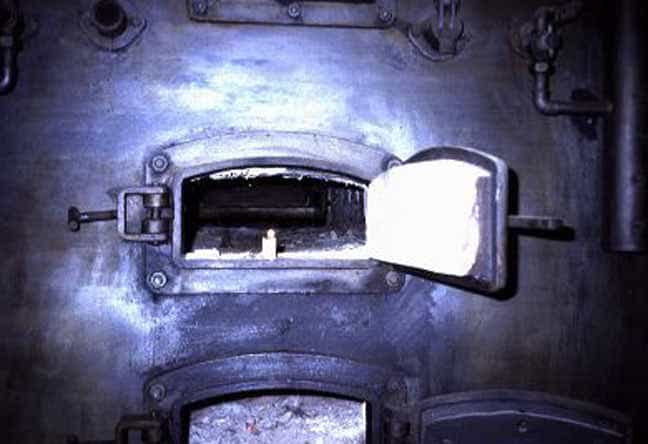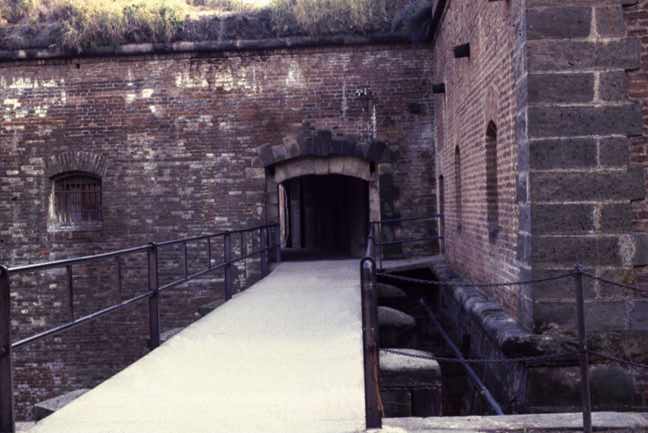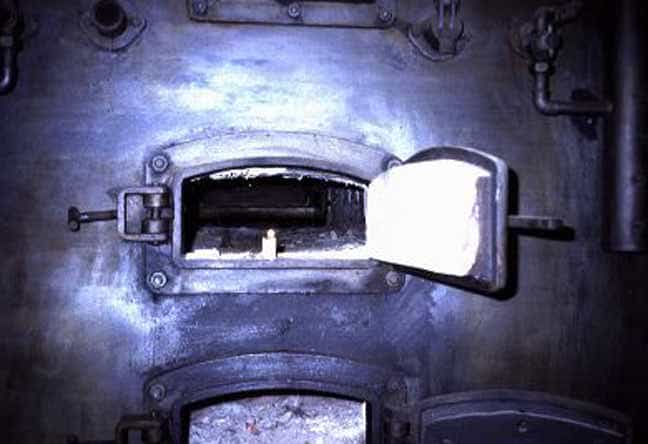Imagine a city built to protect, but instead became a prison for thousands of innocent lives. Terezin, a fortress designed by Joseph II in 1780 to safeguard Prague, turned into a haunting symbol of Nazi cruelty and oppression during World War II. Let’s delve into the gripping history and heartbreaking overview of Terezin Concentration Camp.
The Illusion of Safety
Under Hitler’s command, Terezin became a facade, a deceptive paradise where Jews were supposedly shielded from the war’s turmoil. A propaganda film showcased this fabricated city, presenting it as a safe haven for notable musicians, writers, artists, and leaders from the Czech Lands and eight other countries. The purpose of this ruse was to quash any uprisings or objections while creating a false sense of security for the Jews. Unfortunately, this facade lasted for far too long, subjecting nearly two hundred thousand men, women, and children to imminent death.
The Red Cross Visit: A Deceptive Spectacle
The Red Cross was allowed a single visit to Terezin. In preparation for their arrival, the village was spruced up, inmates were strategically positioned along designated routes, and shops were filled with goods that the prisoners had never seen before. A young mother, when asked about her experience living in Terezin, implored the questioner to truly observe their surroundings. Even though wartime conditions made life difficult, the Red Cross reported that the treatment of Jews in Terezin was acceptable, unwittingly perpetuating the deception.
Music as a Beacon of Resilience
Despite the darkness, music reverberated through the walls of Terezin. The camp boasted an astonishing number of musicians, with the capacity for two full symphony orchestras to perform simultaneously. In addition, several chamber orchestras graced the camp with their melodies. Distinguished composers created works within the confines of Terezin, including the children’s operetta “Brundibar” and various chamber compositions that are only now resurfacing in Europe and the United States.

The Deepening Sense of Community
As more and more people were cramped into smaller spaces, an unexpected bond formed within Terezin. Despite the oppressive conditions, many survivors testified to a deep feeling of family. Before the war, Terezin was home to around 5,000 inhabitants. During its peak, the Ghetto/Concentration Camp housed over 55,000 Jews. Consequently, starvation and disease plagued the camp, claiming the lives of thousands due to malnutrition and exposure. The small crematorium with its four gas ovens served as a somber reminder of the atrocities endured.
Terezin: A Place of Relative Safety
Although Terezin cannot be compared to notorious death camps such as Auschwitz-Birkenau or Treblinka, it was a place where people sought refuge to avoid an even worse fate. Elderly individuals and families were transported in large numbers to Terezin, from where they were then sent to Auschwitz-Birkenau when it became fully operational. The elderly were immediately sent to the gas chambers, while the younger inmates who were still able to work were temporarily spared. Families from Terezin were sometimes kept together in family barracks until their tragic end.

The Little Fortress and Unveiling the Truth
The Little Fortress, with its thick-walled star-shaped structure, had previously served as a prison. The Nazis repurposed it to incarcerate political prisoners and other unfortunate souls who would never see freedom again. Among these prisoners were Jewish artists caught stealing supplies to create works that depicted daily life in Terezin. Their art would later provide the world with a dramatic glimpse into the horrors of the camp. In secret, these artists also enabled children to express themselves through surreptitious artwork. Thousands of hidden drawings have since been recovered, sharing their poignant stories with audiences in Prague, Israel, and the U.S. Holocaust Memorial Museum in Washington, D.C.
A Devastating Toll
Between October 16, 1941, and its liberation on May 8, 1945, over 155,000 Jews passed through Theresienstadt. Tragically, roughly 80% of them perished. More than 35,000 died in the ghetto, and 88,000 were deported and murdered. Merely 3,100 deportees are known to have survived. Though Soviet troops freed Terezin on May 9, 1945, only 16,832 Jews remained. Even after liberation, over 1,500 more lost their lives. In total, approximately 263,000 Czech Jews fell victim to the war, including 15,000 children. A chilling testament to this dark chapter in history, the names of the victims are forever etched on the walls of the Pinkas Synagogue.
In June 2018, a new monument was unveiled at the campsite, standing as a solemn reminder of the Holocaust’s victims.
Sources: Copyright © Project Judaica Foundation; “At Unveiling of New Terezin Monument, European Jewish Leader Warns ‘Lessons of the Holocaust Have Been Forgotten,’” Algemeiner, (June 4, 2018).

